University Report: Comprehensive Summary of IAS 1 Financial Statements
VerifiedAdded on 2022/11/11
|6
|1427
|309
Report
AI Summary
This report provides a comprehensive summary of IAS 1, also known as International Accounting Standard 1: Presentation of Financial Statements. Adopted by the International Accounting Standards Board (IASB), IAS 1 establishes guidelines for financial statement presentation to ensure economic activities are accurately measured. The report discusses the standard's purpose, which is to offer helpful information on financial positions, cash flow, and financial performance of entities based on income, assets, liabilities, and expenses. It covers the key characteristics of IAS 1, including accrual accounting, annual preparation, separate presentation of material classes, and fair presentation, compliant with IFRSs. The report also addresses the items included in IAS 1, such as the statement of financial position, statement of profit and loss, and requirements for financial statement notes. Additionally, it highlights the amendments made to IAS 1, including changes in terminology and the addition of requirements for comprehensive income. It also references the Conceptual Framework, which aids financial experts in preparing financial statements. Finally, the report concludes that IAS 1 is a significant financial standard, with a focus on the management's assessment of the entity's going concern status, and the importance of presentation and classification of financial items.
1 out of 6
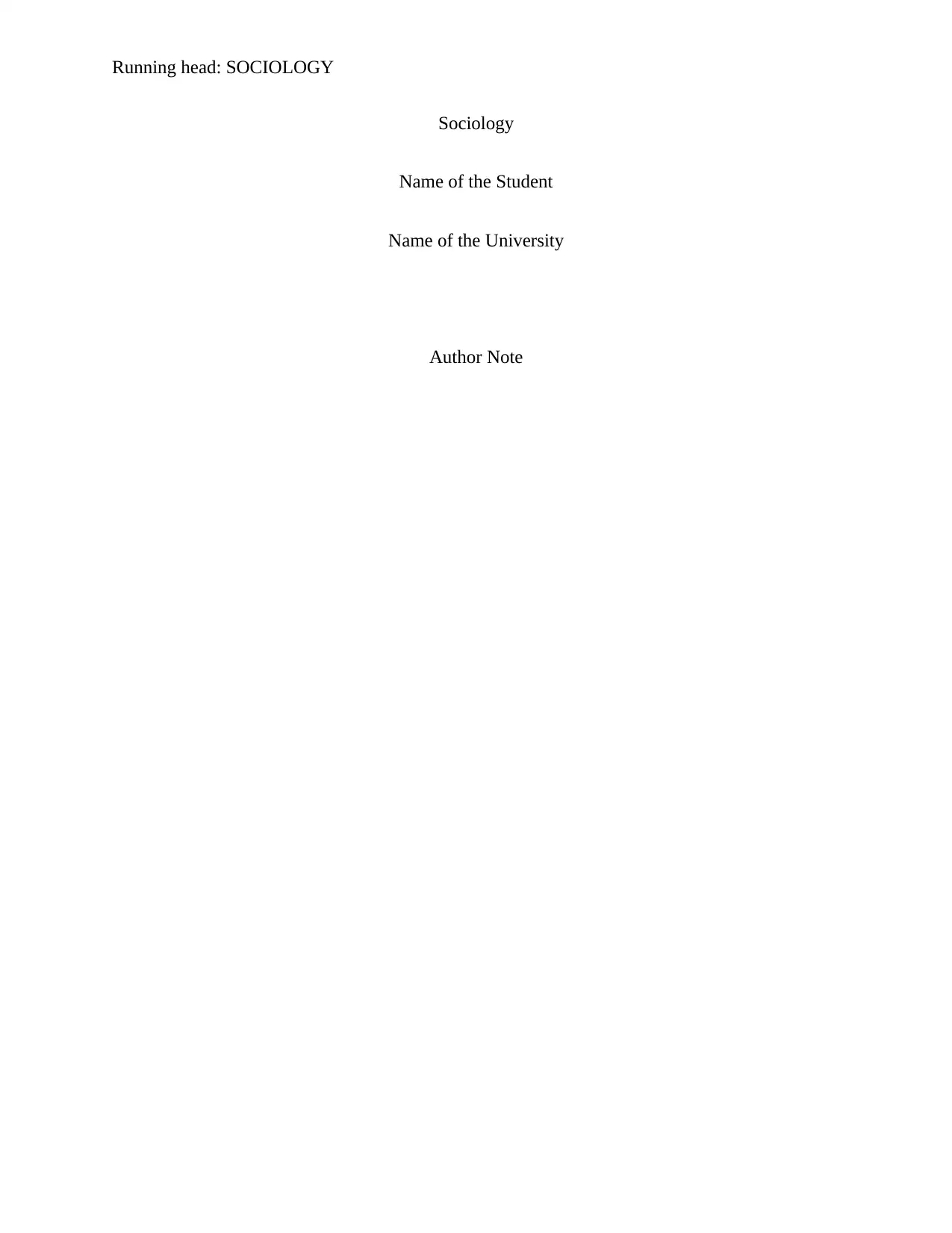
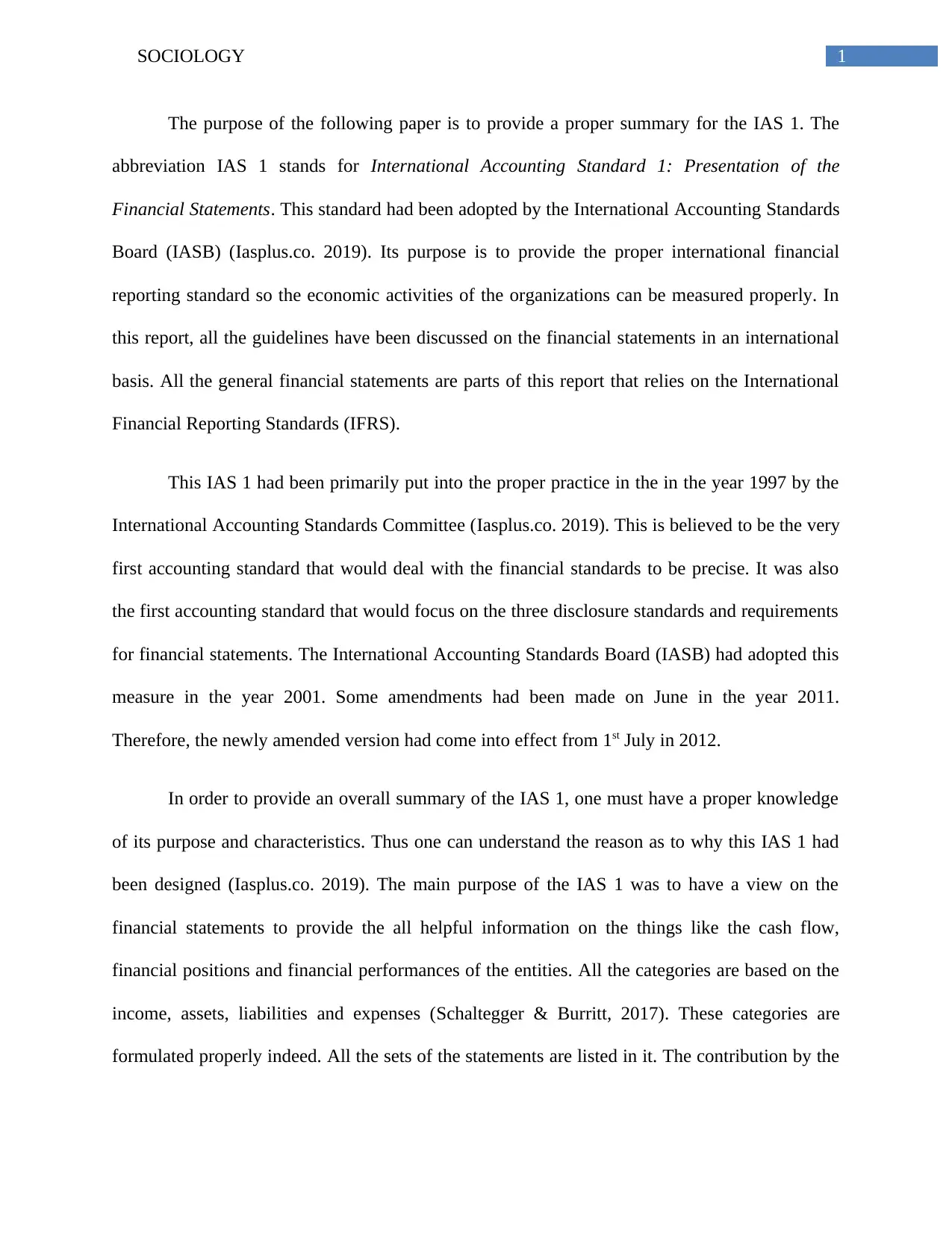
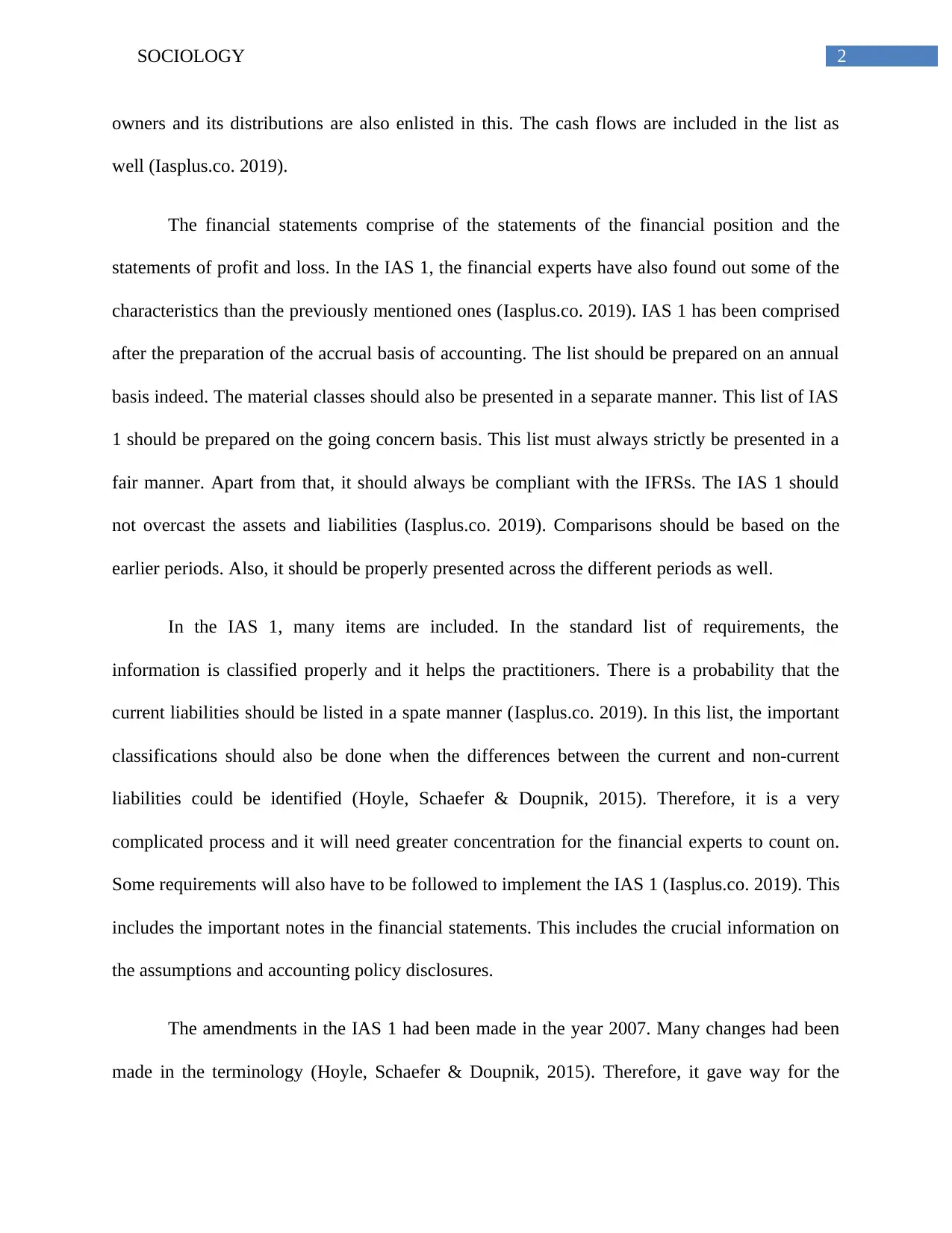

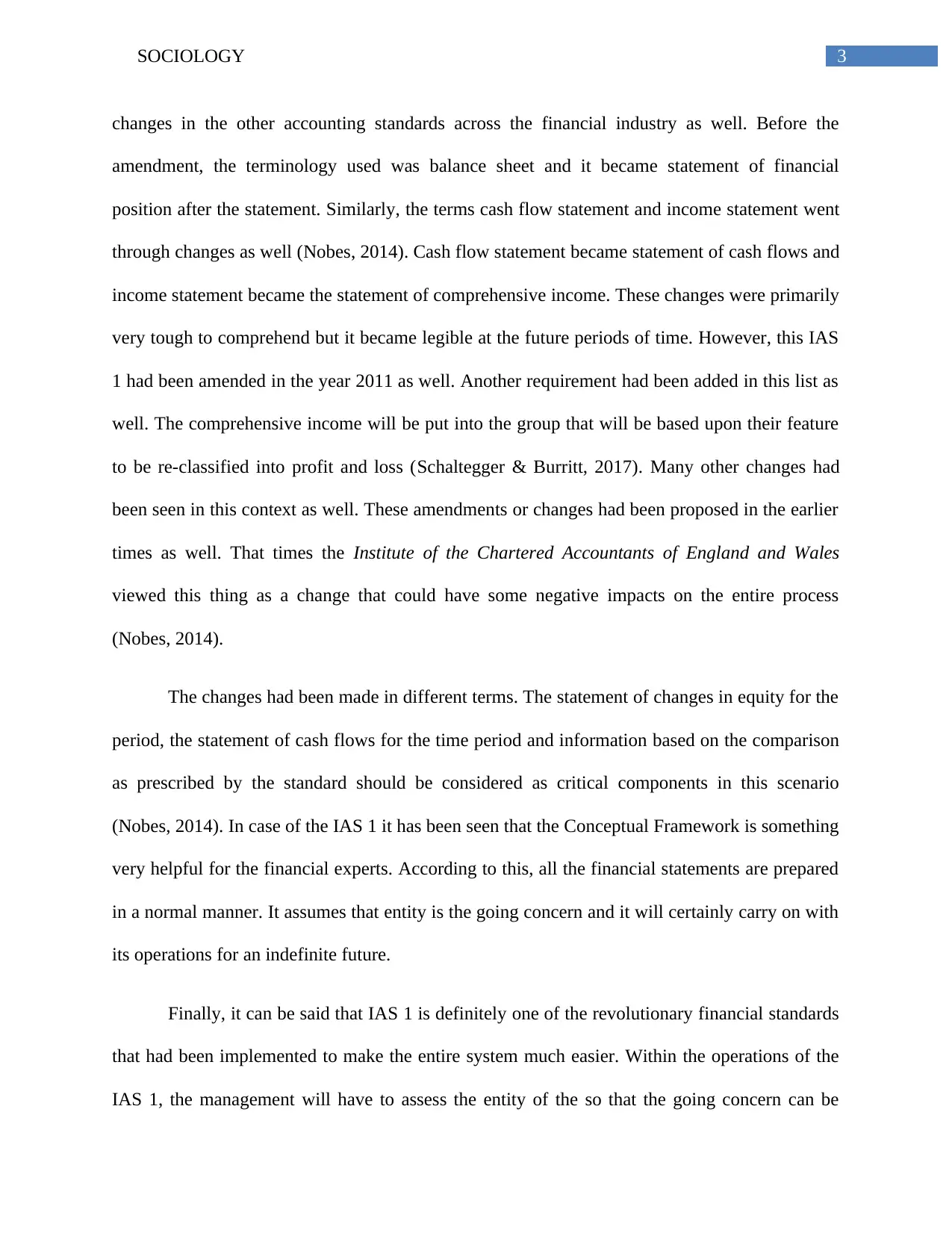
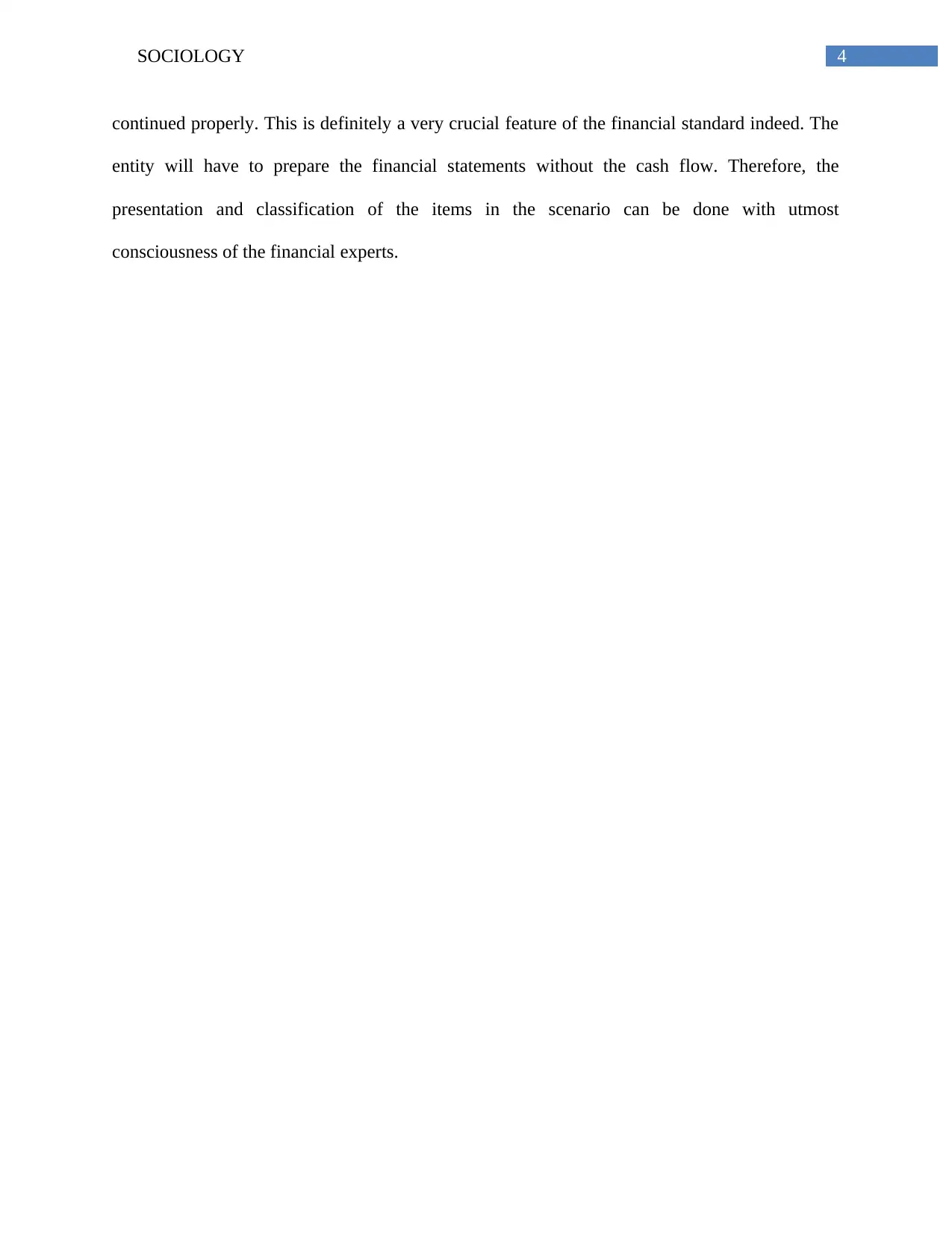
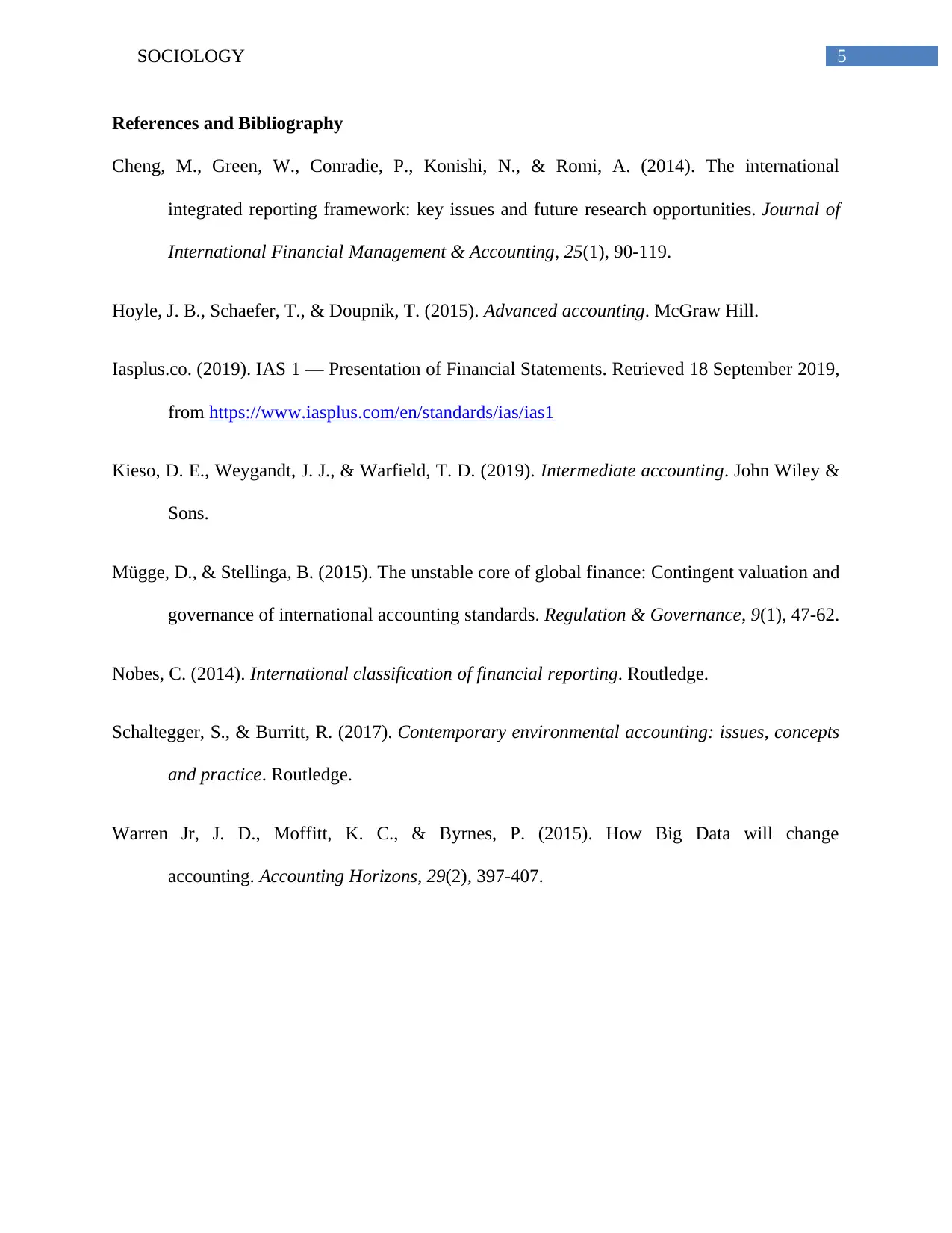






![[object Object]](/_next/static/media/star-bottom.7253800d.svg)